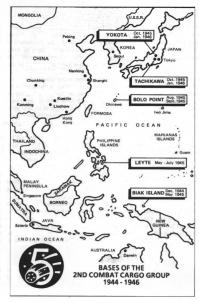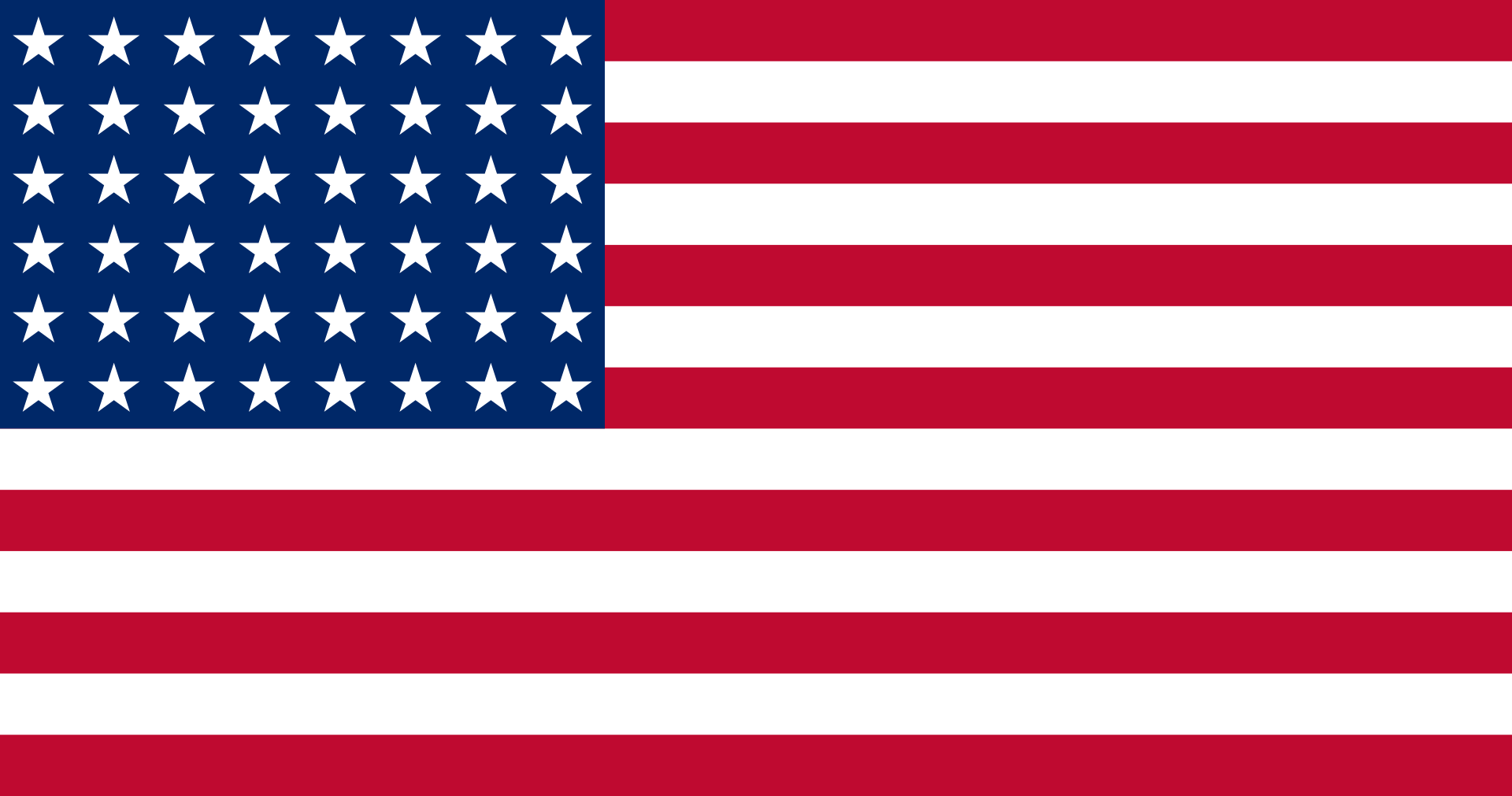2nd Combat Cargo Group
United States of America
TYPE: USAAF unit
IATA/ICAO CODES: Nil
HEADQUARTERS: Syracuse AAB, NY (1944), Baer Field, IN (1944), Biak AAF, Papua, Dutch East Indies (1944-1945), Dulag Field, Philippines (1945), Bolo Field, Okinawa, Japan (1945), Yokota, Japan (1945-1946)
FORMER NAME: Nil
SUBSEQUENT NAME: 362nd Military Airlift Group (when reconstituted in 1985)
Commandos operated, squadron or station unknown:
- Curtiss C-46A-45-CU Commando: 42-96531 (probable), 42-96558 (probable), 42-96564 (probable), 42-96623 (probable)
- Curtiss C-46D-5-CU Commando: 42-101123 (probable), 42-101132 (probable), 44-77332
The 2nd Combat Cargo Group was activated on 1 May 1944 at Syracuse AAB, NY. It trained under I Troop Carrier Command in Baer Field, IN.
The group was originally formed for use in the China-Burma-India theatre, along with two Air Commando groups and a second Combat Cargo group. However the increase in Allied air power over Burma meant that these specialised units were no longer required and instead the decision was made to send them to the 5th Air Force, fighting in the Pacific. General Kenney, commander of the 5th Air Force, saw these groups as giving him more operational independence from the Navy, allowing him to move his groups around without using sea transport.
The Group deployed in the southwest Pacific in November 1944, initially assigned to recently-captured Biak island, off Papua. For the rest of the war, the group served under the 5th Air Force, from December 1944 though the 54th Troop Carrier Wing. Although the original reason for the change of destination was a belief that Burma no longer offered enough opportunities for daring air missions (instead air supply became almost routine during the last phase of the war in Burma), the group ended up operating regular long range transport links, connecting US Bases in Australia, New Guinea, the Admiralty Islands and the Philippines. During this period it was also used to drop supplies to American troops and Philippine Guerillas using its mixed fleet of C-47s and Commandos. At the start of January 1945 the air units blockading the Luzon coast were running dangerously short of fuel. Between them the 2nd Combat Cargo Group and the 317th Troop Carrier Group managed to fly 600 drums of gasoline per day into Mindoro between 3-10 January, filling a dangerous gap. However the extra capacity of naval supply was demonstrated when a Navy Service Group dropped off 10,000 barrels in a single day, more than twice the total amount delivered by air.
The Group moved to Leyte in May 1945. Maintaining its flights in the Southwest Pacific, it also transported personnel and supplies to the Ryukyu Islands, and evacuated casualties on return flights. The 2nd Combat Cargo Group then moved to Okinawa in August 1945. While there, it transported personnel and equipment of the occupation forces to Japan and ferried liberated prisoners of war back to the Philippines. The group moved to Japan in September 1945 and served with the occupation forces until it was inactivated on 15 January 1946 and disbanded on 8 October 1948.
The 2nd Combat Cargo Group was composed of four squadrons, each equipped with 20 Commandos:

